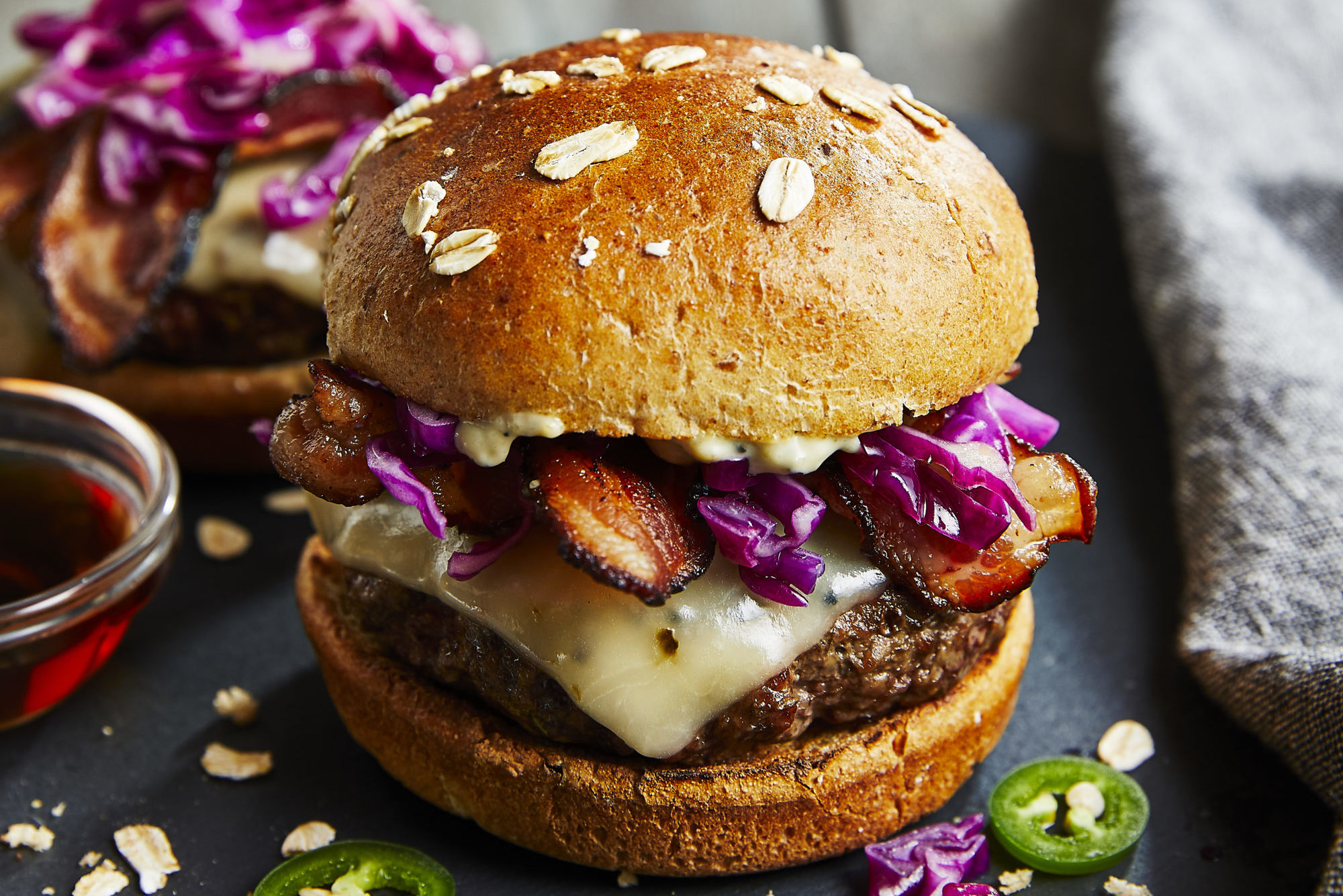Points-Based Loyalty Is What Diners Want

Photo Caption: B.Good hopes to attract more loyalty members with a straightforward, points-based system.
Skift Take
No need to reinvent the wheel here. Simple, straightforward, points-based loyalty programs are what customers are demanding.
Sometimes, it's good to give the people what they want. Massachusetts-based, 75-unit fast casual chain B.Good is doing just that with its revamped digital loyalty program, launching system-wide today.
The new program introduces a familiar, points-based system to B.Good's loyalty members, which is a departure from the chain's original vision for the initiative. When the program originally launched in 2015, B.Good purposefully didn't let diners know exactly when rewards were doled out. Instead, customers could expect to receive a surprise reward every 7-15 visits and redeem it through B.Good's app.
Prior to the digital loyalty launch in 2015, B.Good had utilized a similar unexpected rewards structure with a physical keychain loyalty program that would send surprise rewards to users via email.
"At the time, it was kind of a novel thing," said B.Good chief marketing officer Brent Feldman. "People seemed to like it for awhile but then the more rewards programs that came out, the more they wanted to know exactly what they had to achieve and how to unlock the different levels. So, we wanted to go in that direction."
Rethinking the Program
In the new iteration, diners earn one point per dollar spent and start to unlock rewards right away, starting with a free side item at signup. Users can begin to redeem larger rewards once they've accumulated 50 points or higher. The program also incorporated other standard giveaways, including a free meal on customers' birthdays, early access to new menu items, and double point days.
"We wanted to provide customers with additional transparency, personalization, and relevance by giving them offers that they like as well as the flexibility of being able to redeem at different tiers," Feldman said.
There's also some non-traditional elements in the new program. Loyalty members have the option of donating their points to any of 25 of B.Good's community partners as a part of the company's mission to support positive social impact. Feldman also sees the potential to incorporate third-party companies into the rewards structure to offer up more possibilities for redemption, similar to airline loyalty programs.
The customer usage data that B.Good will have access to opens the door to more specific relationships to each of the chain's diners, as well. The company will know not to market beef burgers to a vegetarian, for example, and, on the operations side, teams can use loyalty member data to inform new product development and to help scout new restaurant openings.
The Power of Loyalty
B.Good joins an increasingly long list of restaurant chains revamping and relaunching their loyalty programs this year. Industry juggernaut Starbucks announced a new, more accessible points-based structure for its lauded loyalty program, due to re-launch in mid-April. Chipotle launched its own digital loyalty program nationwide last week.
The upsides of a strong loyalty program are numerous. Pizza Hut saw a 7 percent same-store sales lift from the first quarter of 2017 to the first quarter of 2018, as it implemented Hut Rewards, a loyalty program powered by Punchh, a company that powers digital marketing and loyalty efforts for a wide range of restaurant chains. The tech company also works with TGI Friday's UK, which saw a 66 percent increase specifically in loyalty member revenue and a 51 percent increase in new unique guest visits within the first four weeks of launching a new loyalty program in July 2018.
Loyalty users are frequent, reliable streams of revenue, and can potentially make up a large segment of sales if diners respond well to the program. Starbucks' 16 million loyalty members make up about 40 percent of the chain's U.S. sales, according to the company.
B.Good currently counts about 60,000 loyalty members across its system and those users make up about 25 percent of total sales. Retooling the program to respond better to customer demand will likely raise those numbers in the future.
"The way our guests think about it, it’s just another more transparent way to engage with the brand and they seem to like that," Feldman said.
